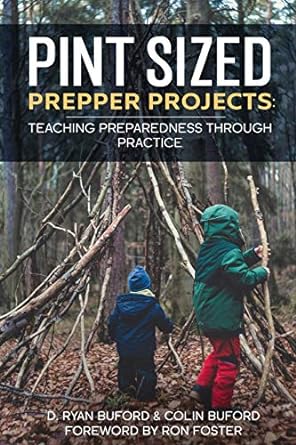How to: Forage for Spring Edibles 6 - Featuring Cattails, Yellow Sorrel, & Jewel Weed
Share
Video
06/02/2014
In this walkabout I revisit a few plants we have have looked at earlier this season: Cattail, Mullien, Jewel Weed, Yellow Dock, and Bull Thistle. Then we look at Yellow Wood Sorrel, and more mature Jewel Weed.
Bull Thistle is an extremely dangerous plant due to its thorns and spikes, in fact it is the national symbol of Scotland, because legend has it that it saved the land from Viking invaders who were not aware that it was afoot. Bull Thistle (Cirsium vulgare) has an edible stalk, that tastes like a tangy celery, BUT you must wear thick gloves to get at it! Then you take a knife, remove the sharp leaves, and then scrape the blade perpendicular to the stalk to remove the thorns and sharp hairs. The stems can be eaten raw, steamed or boiled. The tap roots can be eaten raw or cooked, but only on young thistles that have not flowered yet Yellow Wood Sorrel (Oxalis stricta) is very common and is quite tangy and tart. It is good raw for garnishes, salads, and sandwiches. WARNING...For those people who suffer from gout or who can not eat spinach should avoid this plant due to its high concentration of Oxalic acid.
Jewel Weed is a wonderful plant for skin irritations from stinging nettles and especially poison ivy. It has a succulent stalk that can be crushed and the juice rubbed onto the irritation. It isn't edible - that I know...but is more of a medicinal plant that is good to know for just in case. A salve can be made by cold steeping the raw plant in witch-hazel (bought from store) for up to 4 weeks, shaking daily, then straining and bottling for later use.
NOTE: I am not an herbalist. Any medical suggestions that are made with the use of plants are just that - suggestions. It is highly advised that in a medical emergency you seek the aid of a certified and trained healthcare professional along and follow the advice of your doctor.
========================
The plants featured are:
Cattail (Typha spp.)
Mullien (Verbascum thapsus)
Yellow Dock (Rumex crispus)
Bull Thistle (Cirsium vulgare)
Yellow Wood Sorrel (Oxalis stricta)
Jewel Weed (Impatiens spp.)
========================
FORAGING RULES:
1). Only harvest plants that you have 110% positively identified.
2). Only harvest from areas where you have permission to do so.
3). Only harvest from areas you know are not sprayed, contaminated, or polluted.
4).Only use your harvest after they have been well washed in water.
5). Only ingest small amounts at first; If you choose to do so it is AT YOUR OWN RISK! DO NOT use this short video as the source of truth...DO YOUR OWN RESEARCH and/or find someone in your area who is knowledgeable and competent
#5 is especially important if you are new to wild foraging. Aside from the obvious dangers of thistles, poison ivy, poison oak, and deadly water hemlock...Many wild plants contain off the charts vitamins and minerals which might create a shock to your system...considering the nutrient count of your average domesticated vegetable foodstuffs.
Also and adendem to rule #1 is follow Green Deane's of EatTheWeeds I.T.E.M-ize Rules:
(I)dentify the plant beyond doubt....be sure it is the right
(T)ime of year. Check its
(E)nvironment. This involves two things. One is making sure it is growing in the right place. The other is making sure the plant is getting clean water and is not in polluted soil. And then...
(M)ethod of preparation.
SORRY - There are no steps for this How-To. Please check back later. Or drop me a line at
TheUrbanAbo@gmail.com to let me know you wanna see this one fleshed out.







